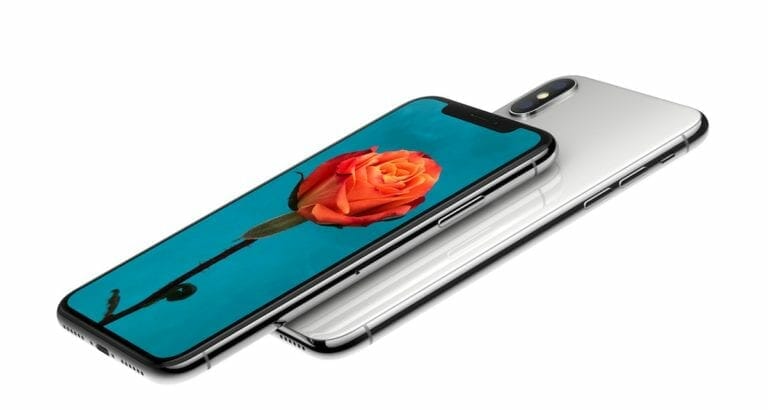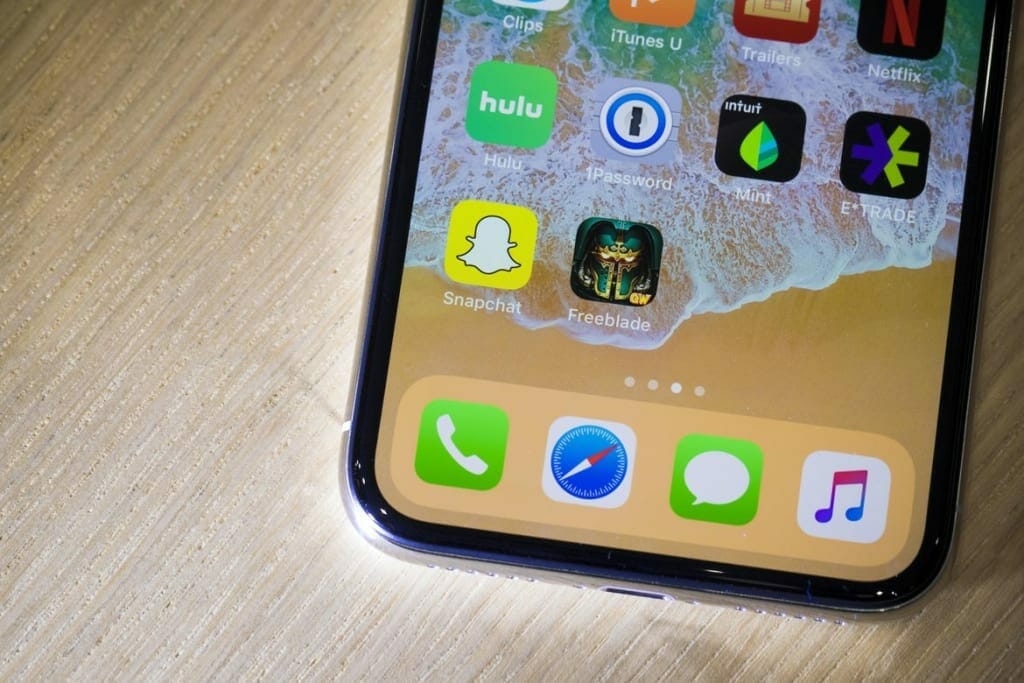All of know that the launch of the iPhone X was one of the biggest events this year. Not only did Apple launch the iPhone X on iPhone’s 10th anniversary, but they also priced it to be the most expensive iPhone yet! The new iPhone X will cost you a whopping $999. Which means, only technology enthusiasts with a lot of money will buy it (or you could sell your kidney!)
Released on the same day as the iPhone X, the iPhone 8 and iPhone 8 Plus have received some backlash. This was based on people believing that these phones are exact copies of their predecessors (the iPhone 7 and 7 Plus) only with a better chipset. But, the iPhone X has faced no issues like these. Apple got rid of their iconic home button as well as Touch ID in the iPhone X. The smartphone also supports a 5.8 inch edge-to-edge display, and a glass back. In addition to all of that, the iPhone X has a better camera than most phones out there, with a wider aperture of f/2.4 and optical image stabilization.
The iPhone X, just like all the other iPhones, will come in 3 models for specific markets and carriers. The models are iPhone X A1865, A1901, and A1902. These models have all the same features, except the variety of modem chips. Apple uses modem chips from 2 different manufacturers; Intel and Qualcomm. Hence, the different models would have separate cellular bands. Here are all the differences.
iPhone X A1865, A1901, and A1902
| MODEL | A1865 | A1901 | A1902 |
|---|---|---|---|
| Description | The iPhone X A1865 is considered the global phone as it works on both GSM and CDMA networks. This phone is also available as a SIM-free factory-unlocked version at Apple Store. | The iPhone X A1901 is the GSM version. It is available on AT&T and T-Mobile in the United States, as well as many other Europe and Asia countries. | The iPhone X A1902 is the exclusive edition for the Japan market. It covers some LTE bands used only in the country (band 11 for au and SoftBank, band 21 for Docomo, and band 42 for all of these carriers);Notice that the phone has a mandatory shutter sound when taking photos. |
| Market | United States
China
Hong Kong
New Zealand
Australia
Puerto Rico
U.S. Virgin Islands
|
United States
Canada
Mexico
Puerto Rico
Singapore
United Kingdom
France Belgium Germany Italy Spain Austria Denmark Finland United Arab Emirates |
Japan
|
| Cellular Bands | GSM/EDGE (850, 900, 1800, 1900 MHz)UMTS/HSPA+/DC-HSDPA (850, 900, 1700/2100, 1900, 2100 MHz)
CDMA EV-DO Rev. A (800, 1900, 2100 MHz) TD-SCDMA 1900 (F), 2000 (A) FDD-LTE Bands 1 (2100 MHz), 2 (1900 MHz), 3 (1800 MHz), 4 (AWS), 5 (850 MHz), 7 (2600 MHz), 8 (900 MHz), 12 (700 MHz), 13 (700c MHz), 17 (700b MHz), 18 (800 MHz), 19 (800 MHz), 20 (800 DD), 25 (1900 MHz), 26 (800 MHz), 28 (700 APT MHz), 29 (700 de MHz), 30 (2300 MHz), 66 (AWS-3) TD-LTE Bands 34 (TD 2000), 38 (TD 2600), 39 (TD 1900), 40 (TD 2300), 41 (TD 2500)
|
GSM/EDGE (850, 900, 1800, 1900 MHz)UMTS/HSPA+/DC-HSDPA (850, 900, 1700/2100, 1900, 2100 MHz)
FDD-LTE Bands 1 (2100 MHz), 2 (1900 MHz), 3 (1800 MHz), 4 (AWS), 5 (850 MHz), 7 (2600 MHz), 8 (900 MHz), 12 (700 MHz), 13 (700c MHz), 17 (700b MHz), 18 (800 MHz), 19 (800 MHz), 20 (800 DD), 25 (1900 MHz), 26 (800 MHz), 28 (700 APT MHz), 29 (700 de MHz), 30 (2300 MHz), 66 (AWS-3) TD-LTE Bands 34 (TD 2000), 38 (TD 2600), 39 (TD 1900), 40 (TD 2300), 41 (TD 2500) |
GSM / EDGE (850, 900, 1800, 1900 MHz)UMTS/HSPA+/DC-HSDPA (850, 900, 1700/2100, 1900, 2100 MHz)
CDMA EV-DO Rev. A (800, 1900, 2100 MHz) TD-SCDMA 1900 (F), 2000 (A) FDD-LTE Bands 1 (2100 MHz), 2 (1900 MHz), 3 (1800 MHz), 4 (AWS), 5 (850 MHz), 7 (2600 MHz), 8 (900 MHz), 11 (1500 MHz), 12 (700 MHz), 13 (700c MHz), 17 (700b MHz), 18 (800 MHz), 19 (800 MHz), 20 (800 DD), 21 (1500 MHz), 25 (1900 MHz), 26 (800 MHz), 28 (700 APT MHz), 29 (700 de MHz), 30 (2300 MHz), 66 (AWS-3) TD-LTE bands 34 (TD 2000), 38 (TD 2600), 39 (TD 1900), 40 (TD 2300), 41 (TD 2500), 42 (TD 3500) |
| Part Numbers | SIM-Free
Verizon
Sprint
|
AT&T
T-Mobile
|
Feel free to tell us what you think about the differences between the 3 iPhone X models!


